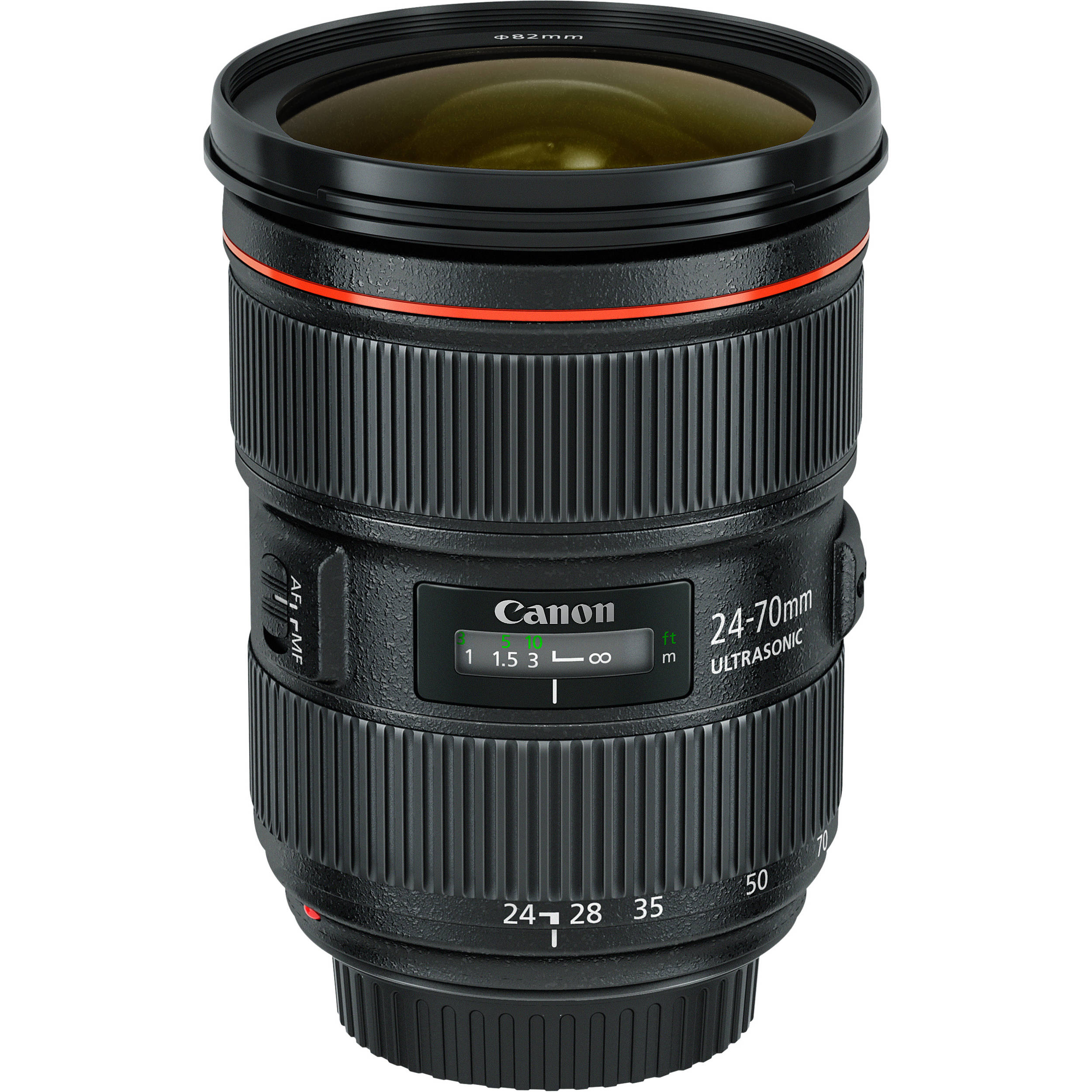Before you go out and shoot, you need to have lenses to actually take the videos and pictures you want. I will go through the 4 lenses every videographer and photographer should have in their bag.
1. 16-35mm f2.8: The perfect lenses for a YouTube vlogger, portrait photographer, and real estate videographer and/or photographer. Not too wide, not too narrow, just right. Price: $2,199.00 or a slower (f4) for $1,099.00
3. 70-200mm f2.8: The longer, sniper lens. Get in close to the action with this lens. Best for landscapes, sports photos and videos, and action shots. Price: $1,179.00 or a slower one for $596.00
4. 50mm f1.8: The nifty-fifty. Open the aperture way up to f1.8 and get super shallow depth of field and awesome photos and videos. Best for portraits, product videos and architecture photos. Price: $125
My go-to lens is definitely the 50mm f1.8 for its super shallow depth of field and sharp picture's it takes. What is or would be your go-to lens. Write it down in the comments.
See you guys tomorrow for another great blog about video cameras!
-Parker Johnson
Sources:




Comments
Post a Comment